A debunk of "How Does Wheel Size Affect Performance" post
Hey everybody! Time to get educational, so yeah, it’s gonna get boring. Today we are going to debunk most of Michael Fernie’s blog post on wheels and how they affect performance. If you haven’t read it yet - here’s a link https://naturehealth.fit/post/how-does-wheel-size-affect-performance/%3C/a%3E%3Cbr%3ERead it if you must, but we’ll be covering most of it here anyways.

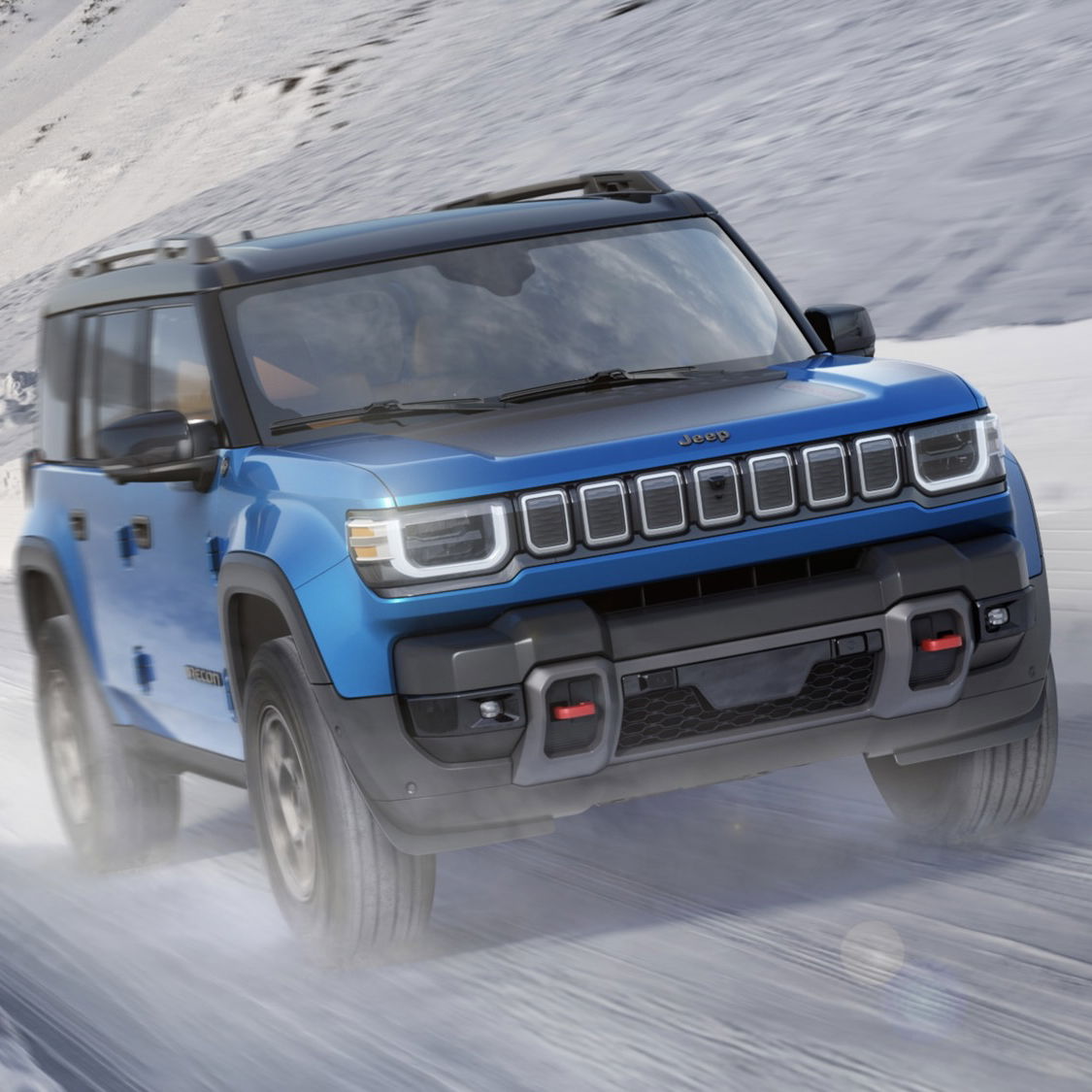



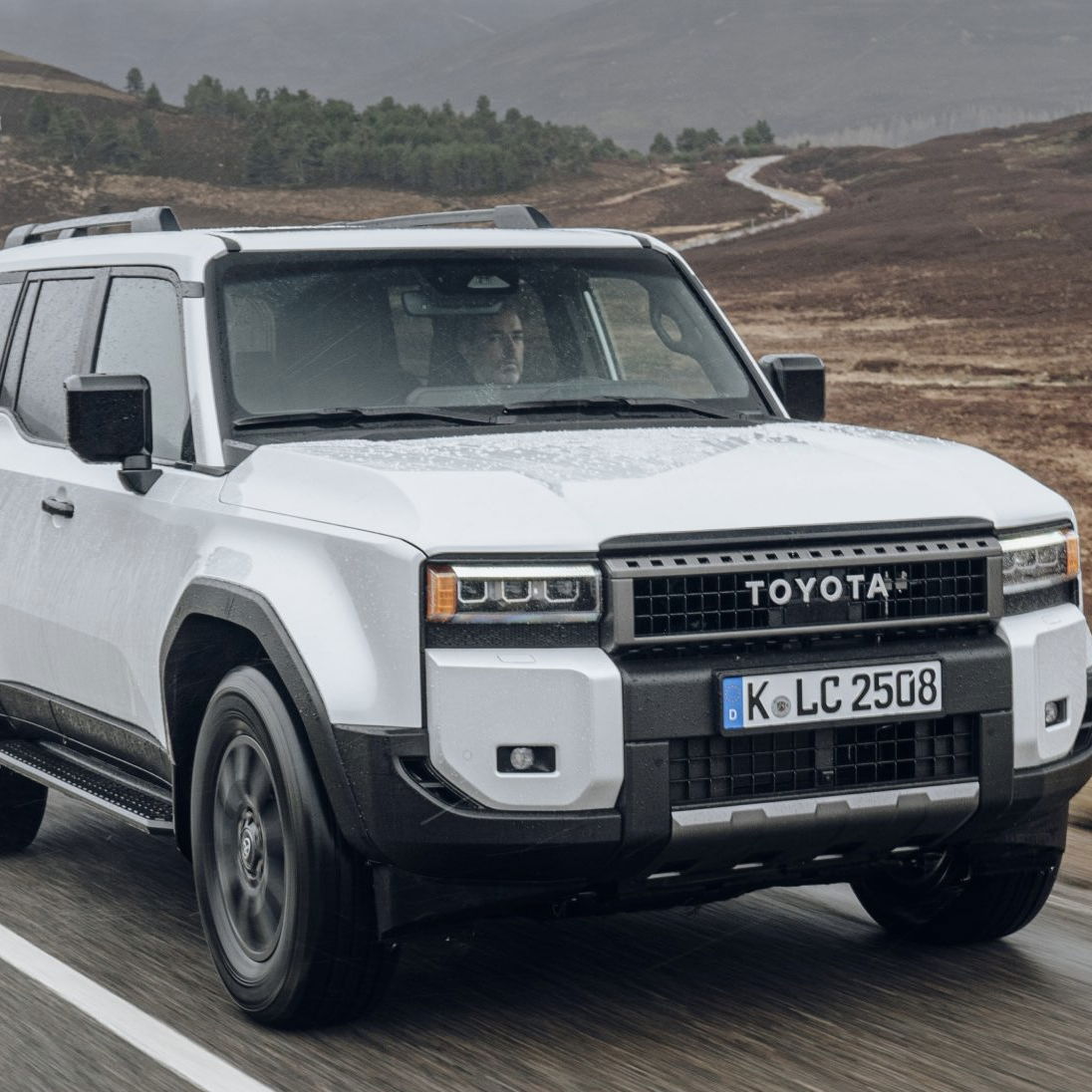
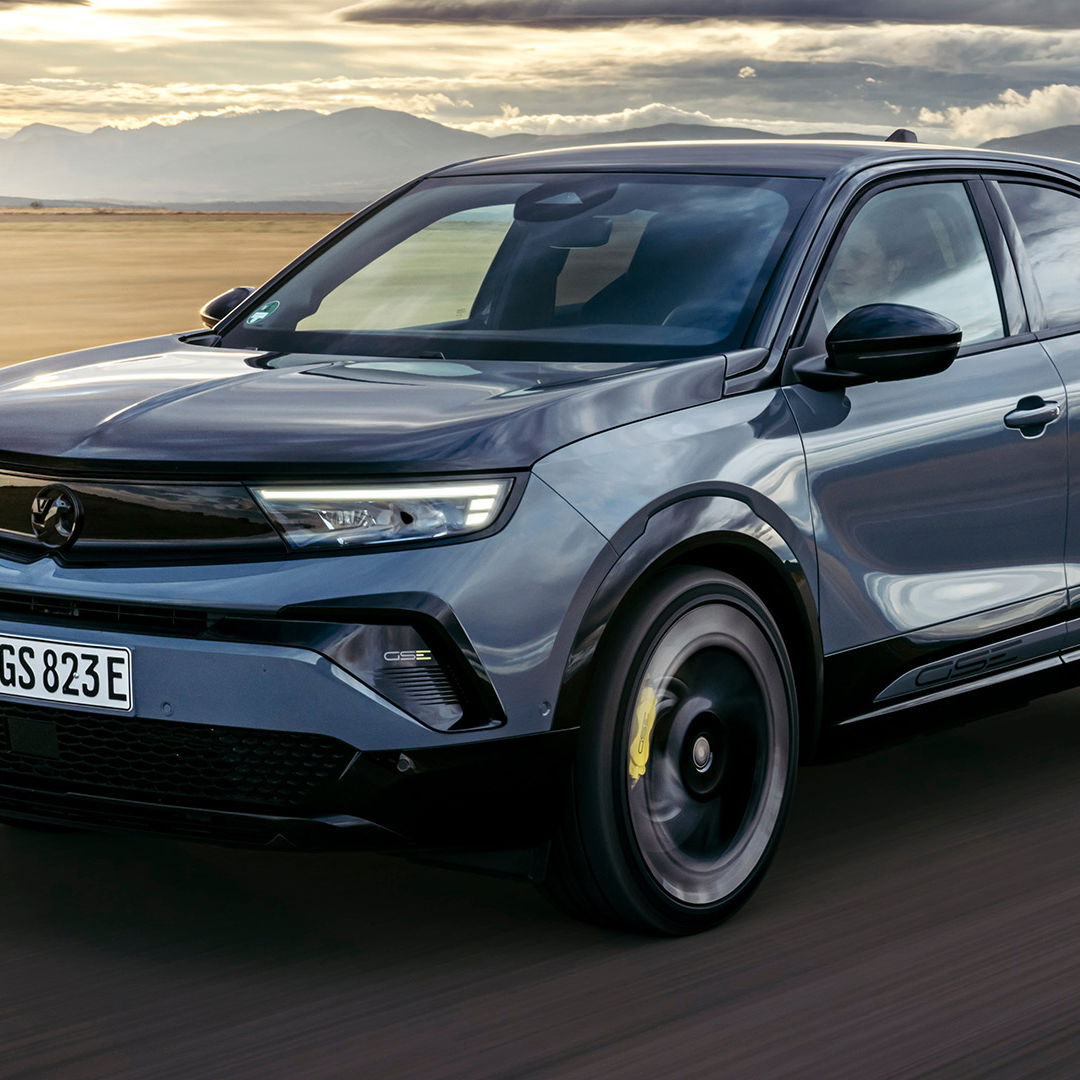

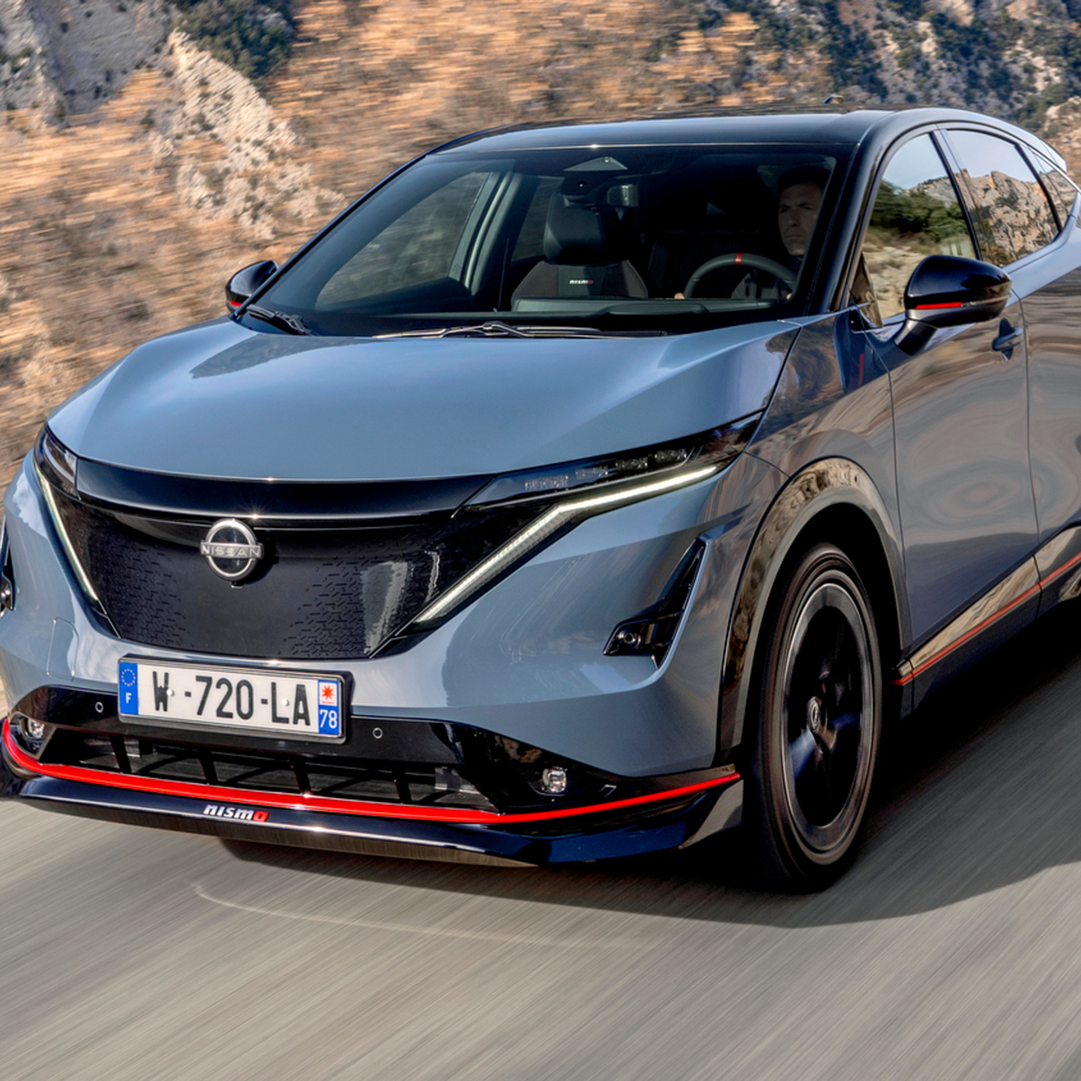
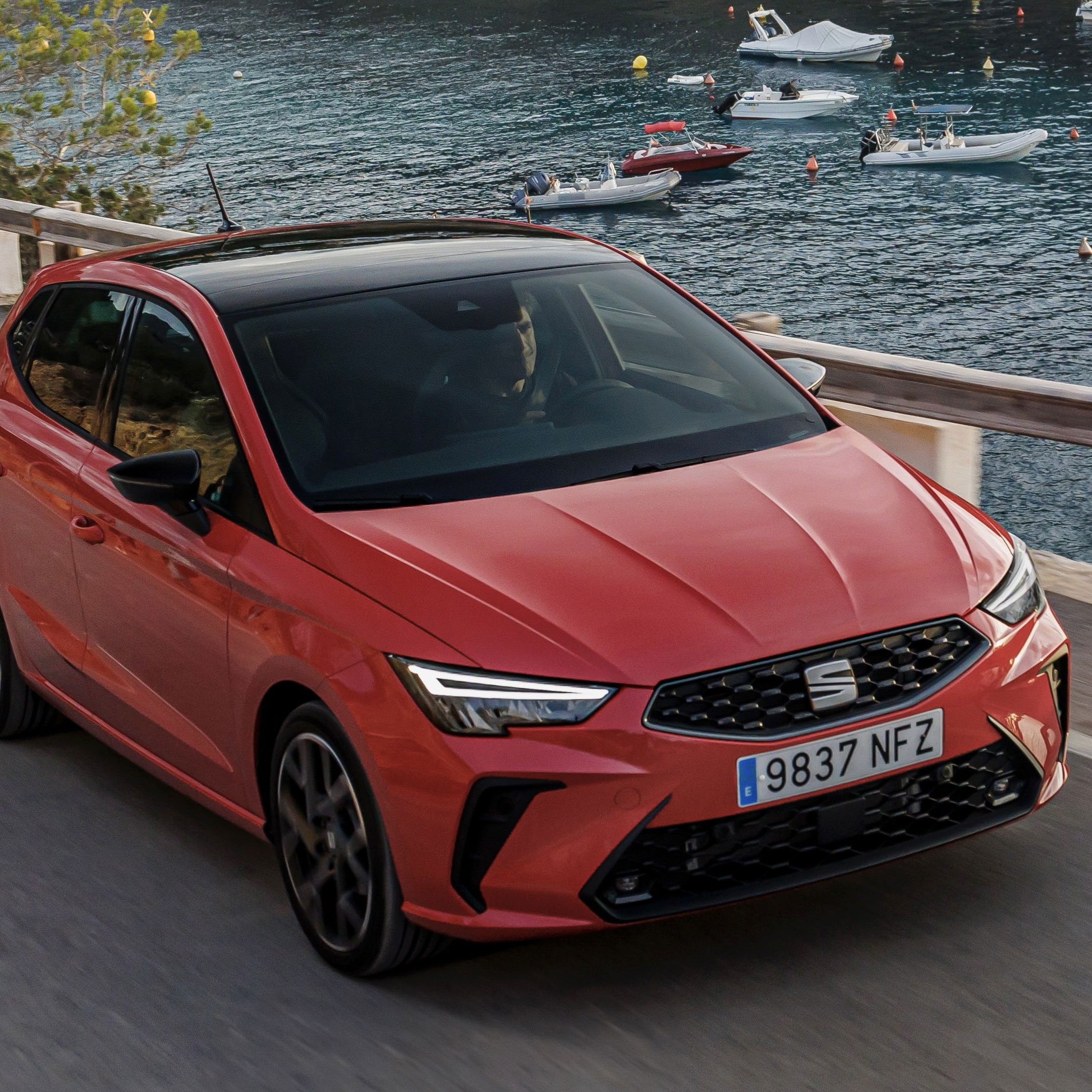

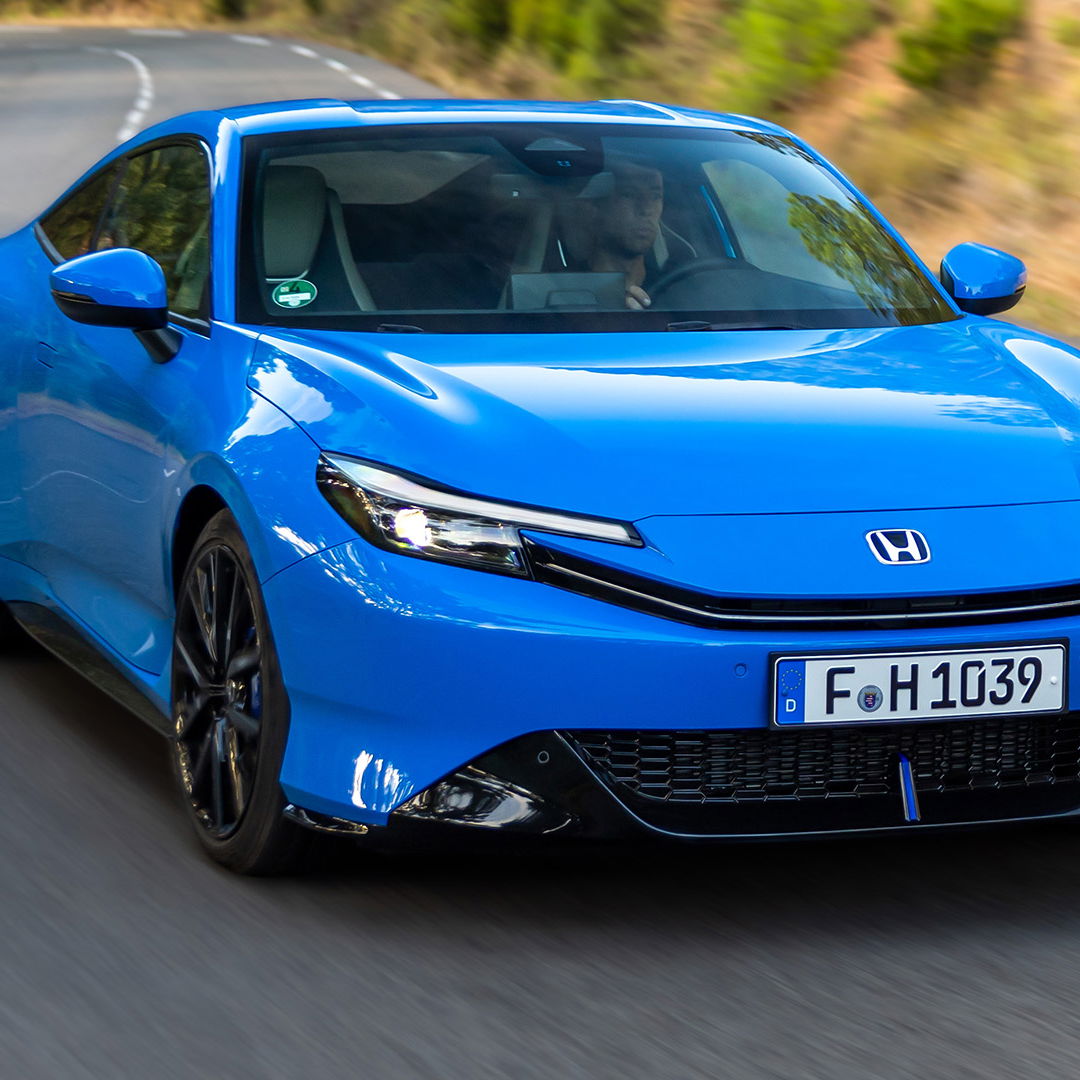
Comments
it’s 00:28 where I live and I’m gonna be honest with you, I didn’t read everything you wrote but skimmed through the entire text and there are couple of things I want to add. If you were to take the mass of the wheel (i.e. the tire and the rim together) and try to calculate the extra rotational force required for spinning the wheel, you might come up with very close numbers across different weights. Now this is very confusing but let me bring another example of rotational mass weight effect. Lets take the flywheel of an engine. If you lighten it , your engine will gain and loose rpms much faster (better for manuals) and if you make it heavier the engine will take more time to gain rpms and will loose them slower. The strange thing is,in theory your torque output at the flywheel should change substantially when you change the weight of the flywheel, but it doesn’t. In fact , the changes are usually so small, that they can be withing the error margin of the dyno. So, in theory, a weight difference of lets say 5kgs wouldn’t make enough difference on the acceleration to notice it. Another thing I want to add is the so called “steering feedback”. From my experience, on my land cruiser which is basically a truck with ladder frame chassis, the steering feedback is wonderful despite the fact that i have 17” rims and 275/60 tires on the front. These are very high profile and extremely soft tires but they still provide a lot of “road feel” through the steering. Of course I don’t feel the surface of the road, in fact , I guess I would’t even feel a huge boulder under the tire, but I can feel exactly what each wheel is doing. This is very strange as with such tires I shouldn’t be getting any feedback at all, but I do. The only explanation I’ve come up with is that the steering rack is connected to the frame with metal bushings without any resin and the “steering dampener” on the steering column is replaced with an aluminum one. This drives me to conclude that steering rack and column movements (as of the ACTUAL movement of the rack and column itself) plays a much bigger role in steering feel. Also, the wider the tire the more the car follows road camber and road surface imperfections.
I read the Hot Rod article on this car. Its Steve Strope’s 1972 Camaro with a 1300 horsepower Nelson Racing Engine
Plot twist: wider tyres don’t increase contact patch.